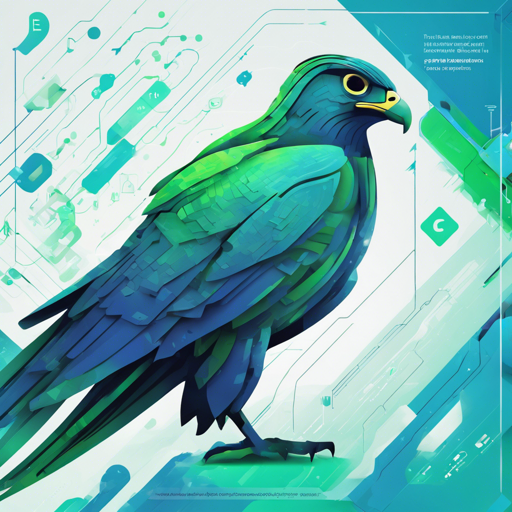The Falcon Mamba model, developed by TII, is a powerful text generation tool that utilizes a causal decoder architecture. In this guide, we will explore how to set up and use the model effectively, along with some troubleshooting tips.
Table of Contents
TL;DR
The Falcon Mamba model is designed for causal language modeling. It predominantly supports the English language and operates under the TII Falcon-Mamba License 2.0. You can use it with both CPU and GPU environments, making it flexible for various applications.
Model Details
- Developer: TII
- Model Type: Causal decoder-only
- Architecture: Mamba
- Language(s): Mainly English
- License: TII Falcon-Mamba License 2.0
Usage
To use the Falcon Mamba model, you can follow these examples tailored for different environments.
Running the Model on a CPU
Start by ensuring that you have the latest Transformers library. Use the following script:
python
from transformers import AutoTokenizer, AutoModelForCausalLM
tokenizer = AutoTokenizer.from_pretrained("tiiuaefalcon-mamba-7b-instruct")
model = AutoModelForCausalLM.from_pretrained("tiiuaefalcon-mamba-7b-instruct")
messages = [{"role": "user", "content": "How many helicopters can a human eat in one sitting?"}]
input_text = tokenizer.apply_chat_template(messages, tokenize=False, add_generation_prompt=True)
input_ids = tokenizer(input_text, return_tensors="pt").input_ids
outputs = model.generate(input_ids, max_new_tokens=30)
print(tokenizer.decode(outputs[0]))
Running the Model on a GPU
For optimal performance, utilize a GPU with the following command:
python
# pip install accelerate
from transformers import AutoTokenizer, AutoModelForCausalLM
tokenizer = AutoTokenizer.from_pretrained("tiiuaefalcon-mamba-7b-instruct")
model = AutoModelForCausalLM.from_pretrained("tiiuaefalcon-mamba-7b-instruct", device_map="auto")
messages = [{"role": "user", "content": "How many helicopters can a human eat in one sitting?"}]
input_text = tokenizer.apply_chat_template(messages, tokenize=False, add_generation_prompt=True)
input_ids = tokenizer(input_text, return_tensors="pt").input_ids.to("cuda")
outputs = model.generate(input_ids, max_new_tokens=30)
print(tokenizer.decode(outputs[0]))
Understanding the Code with an Analogy
Think of using this model as hosting a dinner party. The CPU setup is like preparing a meal for a small gathering in your kitchen: it’s manageable, but you might spend more time cooking.
On the other hand, using a GPU is like having a professional chef cook for a larger crowd at a banquet. Everything is faster and more efficient, allowing you to serve more guests (generate more text) in less time.
Training Details
The Falcon Mamba model was trained on a diverse dataset, including sources like Refined-Web. The training procedure involved advanced strategies like Curriculum Learning to enhance performance.
Evaluation
The model has been evaluated against several benchmarks, achieving impressive scores compared to its peers, showing it is a competitive choice for language generation tasks.
Troubleshooting
If you encounter issues while using the Falcon Mamba model, consider the following troubleshooting tips:
- Check if you have installed all dependencies correctly, especially the latest version of the transformers library.
- Confirm that your environment supports the necessary CUDA configurations if utilizing a GPU.
- If encountering memory issues, try reducing the batch size or using a model with fewer parameters.
For additional insights, updates, or to collaborate on AI development projects, stay connected with fxis.ai.
Conclusion
With the Falcon Mamba model at your disposal, the realm of text generation opens up a world of possibilities. Leveraging powerful architectures and advanced training strategies can help you achieve your AI goals effectively.
At fxis.ai, we believe that such advancements are crucial for the future of AI, as they enable more comprehensive and effective solutions. Our team is continually exploring new methodologies to push the envelope in artificial intelligence, ensuring that our clients benefit from the latest technological innovations.

